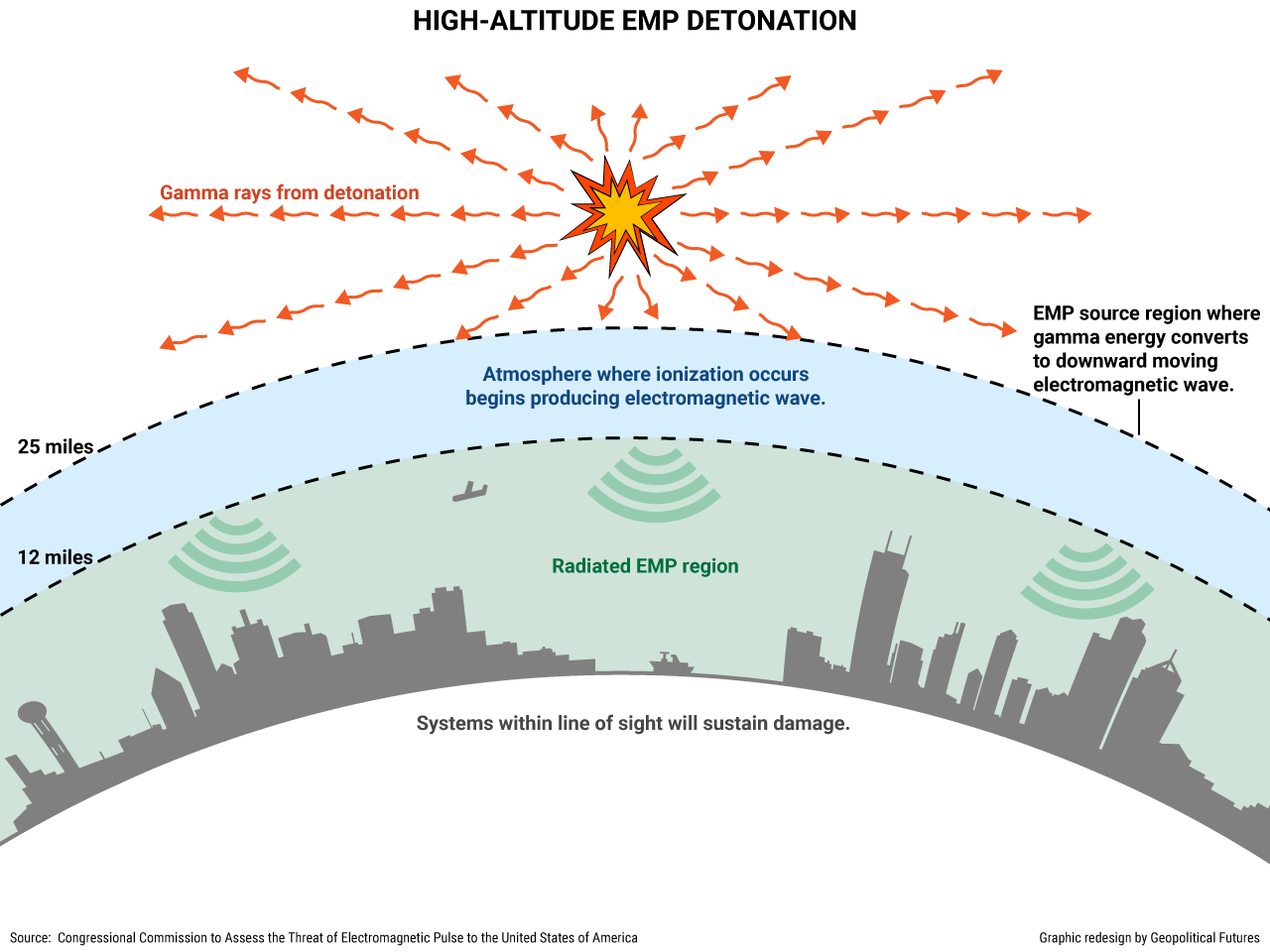Japan has announced that the headquarters of the Ground Self-Defense Force and Maritime Self-Defense Force will be relocated underground at four facilities in Okinawa and the Kyushu region by fiscal 2028.
The Ministry also intends to have countermeasures against electromagnetic pulse attacks at five bases of the Japan Air Self-Defense Force by the end of the fiscal year 2029.
These steps are primarily intended to strengthen the defense capabilities of Self-Defense Force facilities in preparation for potential crises, such as Taiwan.
Meanwhile, new subterranean command centers will be built at the Naha base of the Ground Self-Defense Force in Okinawa Prefecture, the Yonaguni base also in Okinawa Prefecture, the Kengun base in Kumamoto Prefecture, and the Maizuru Regional Defense Bureau of the Maritime Self-Defense Force in Kyoto Prefecture.
These facilities are crucial bases for deploying and directing troops and ships. It has been decided that they must continue to operate even in the case of an enemy attack. Given that Naha and Yonaguni are so close to Taiwan, where China has been increasing military pressure, they were given special consideration.

Japan is concerned that North Korea and China are working on methods to launch an electromagnetic pulse (EMP) strike. This entails detonating a nuclear weapon in the atmosphere, which produces a strong electromagnetic wave that can damage all electronic equipment.
Fighter jets won’t be able to take off or land if electromagnetic waves wipe out control radar. Thus, the government has countermeasures planned, such as installing EMP filters to shield electrical systems.
Nyutabaru Air Base in Miyazaki Prefecture will be the first facility to employ these countermeasures. The protections are also anticipated to be provided to the following air bases: Naha Air Base in Okinawa, Fuchu Air Base in Tokyo, and Chitose Air Base in Hokkaido.
The new National Security Strategy, authorized by the Cabinet on December 16, declares that “major defense facilities” will be upgraded as part of measures to substantially improve the nation’s defense capabilities.
The government has set aside around 36.4 billion yen in the preliminary budget for the upcoming fiscal year to cover the costs of measures like constructing underground command centers. It intends to conduct site surveys and other actions in due time.
The government is considering buying land on the islands of Yonaguni and Ishigaki to build structures that can serve as evacuation shelters for locals in an emergency, SDF training, and other purposes in times of peace.
Why Is Japan Concerned About Electromagnetic Pulse Attacks?
Electromagnetic pulse (EMP) weapons generate a high-intensity electromagnetic field that can damage or disrupt electronic equipment. There have been reports that China possesses EMP weapons and has even created protocols for launching a first-strike attack.

EMP weapons could disable an enemy’s electronic systems, including communications and radar systems. Japan is taking a multifaceted approach to protecting against the threat of EMP weapons, incorporating a combination of different measures.
Expert on EMP warfare Dr. Peter Pry stated that China built such weapons as part of its Total Information Warfare, which also involves computer hacking raids. Dr. Pry discovered that China is keen to unleash “high-altitude electromagnetic pulse,” or HEMP, weapons from satellites, ships, and land.
Dr. Pry pointed out that China’s military doctrine is full of technological and operational preparations for a nuclear first strike, including multiple examples of utilizing HEMP attacks to cripple American aircraft carriers.

Similarly, Tokyo is also concerned about North Korea’s ability to launch an electromagnetic pulse (EMP) attack.
The only aspect of North Korea’s threat that has been heavily discussed is whether or not its ICBMs are precise enough to reach the US and its allies. However, such precision is not required in an EMP strike due to the enormous pulse radius.
A conventional ICBM launch enters a suborbital trajectory and re-enters Earth’s atmosphere. In contrast, an EMP warhead does not re-enter Earth’s atmosphere before exploding hundreds of kilometers above its target.
According to experts, Japan should be ready to launch limited surgical strikes against the enemy’s positions. However, the best, safest, and the least disruptive option is to EMP-harden the electric grid and other critical infrastructure.
The system is still seen as an untested weapon with limited missile experience, which lessens the immediate threat despite having legitimate worries about EMP effects.
- Contact the author at ashishmichel(at)gmail.com
- Follow EurAsian Times on Google News




